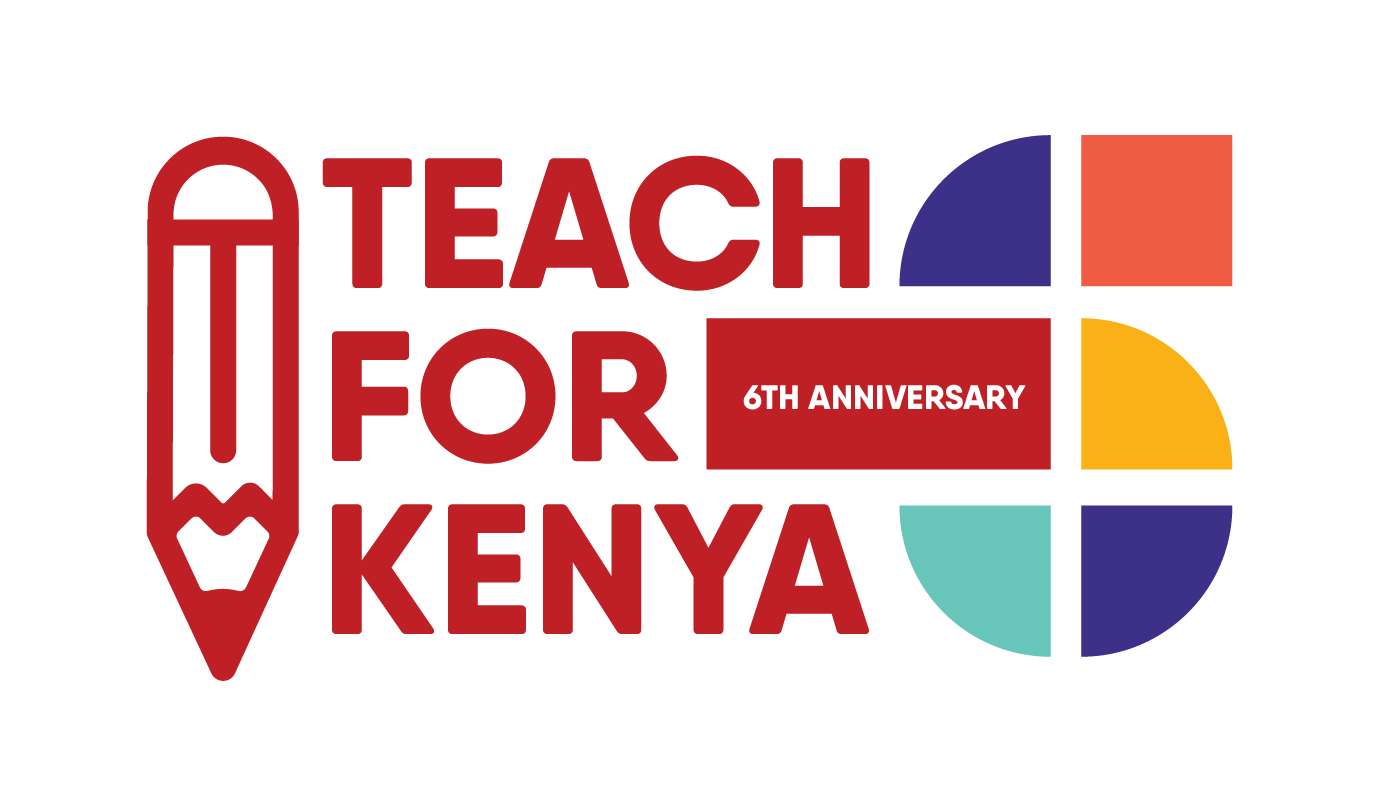 In Kenya, where over 12 million children face the growing impacts of climate change, the need for inclusive and actionable climate education has never been more urgent.
In Kenya, where over 12 million children face the growing impacts of climate change, the need for inclusive and actionable climate education has never been more urgent.
Through the Climate Education Leadership (CEL) initiative, Teach For Kenya, in collaboration with Teach For All and community stakeholders, is equipping schools to be agents of environmental resilience and leadership.
Centering Equity in Climate Learning
The CEL program was designed to build local capacity by training educators and students to become Climate Education Ambassadors (CEAs)—empowered individuals who champion climate literacy and sustainability in their schools and communities.
Over the course of Cycle 2, the program not only met but exceeded several of its key performance indicators:
| Key Area | Target | Achieved | % Achievement |
|---|---|---|---|
| Fellows Trained in Climate Education | 135 | 201 | 149% |
| Partner Schools Implementing Program | 49 | 63 | 129% |
| Student Participation in Climate Clubs | 700 | 1,158 | 165% |
| Active Climate Clubs | 15 | 15 | 100% |
| Community Members Engaged | 400 | 466 | 116% |
| Stakeholder Partnerships | 10 | 12 | 120% |
This impact was realized across 63 public schools, where students and teachers co-created climate action plans, conducted peer-led workshops, and led environmental projects such as tree planting, school gardens, and waste management programs.
Fostering Student Leadership for a Sustainable Future
Student leadership was at the heart of the CEL model. Over 1,150 learners—706 girls and 715 boys—participated in school-based climate clubs. These clubs provided opportunities for students to take ownership of their learning, lead awareness campaigns, and implement community-driven projects. Each school developed structured roles for student leaders, supporting a framework of peer-to-peer education and grassroots advocacy.
Community Engagement: A Cornerstone of Success
The success of CEL Cycle 2 extended beyond the classroom. Through 15 community workshops and sustained outreach, the program engaged 466 community members, including parents, local leaders, and stakeholders. This inclusive approach fostered shared ownership, strengthened local partnerships, and mobilized support for school-based climate initiatives.
Notably, the program achieved:
- 53% parent participation rate
- 12 schools mobilizing local resources
- Strong engagement with local government and civil society partners
 A Model Grounded in Data and Accountability
A Model Grounded in Data and Accountability
CEL’s Monitoring and Evaluation (M&E) framework ensured accountability, learning, and adaptive implementation. Key practices included:
- Establishing baseline metrics
- Bi-weekly coaching check-ins
- Midline and endline evaluations
- Use of the Indicator Performance Tracking Table (IPTT) for data-informed decision making
This rigorous M&E system confirmed that 85% of partner schools had successfully integrated climate education into their curriculum and that student learning outcomes were improving, with climate knowledge assessments nearing target benchmarks.
 Looking Forward
Looking Forward
The CEL initiative demonstrates that climate education is a powerful tool for equity and transformation. With evidence of strong community uptake and increasing student agency, the program aims to scale nationally, ensuring that every learner in Kenya has access to quality climate education and the opportunity to lead change.
At Teach For Kenya, we believe that empowering educators and learners to tackle the climate crisis is not only possible—but essential. CEL is a testament to the role that schools can play in creating a more just, resilient, and sustainable future for all.



Leave a Reply